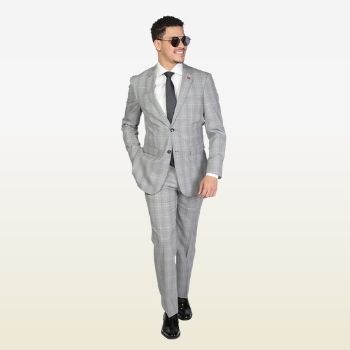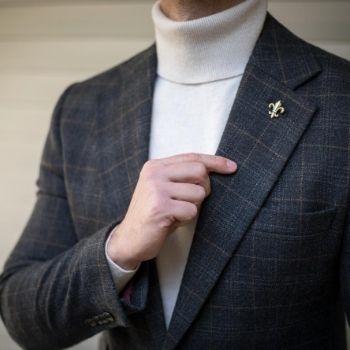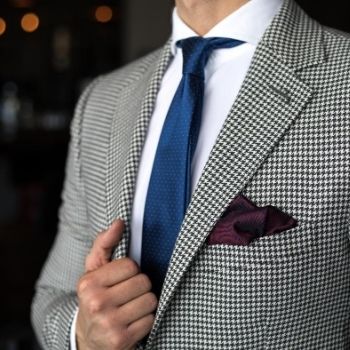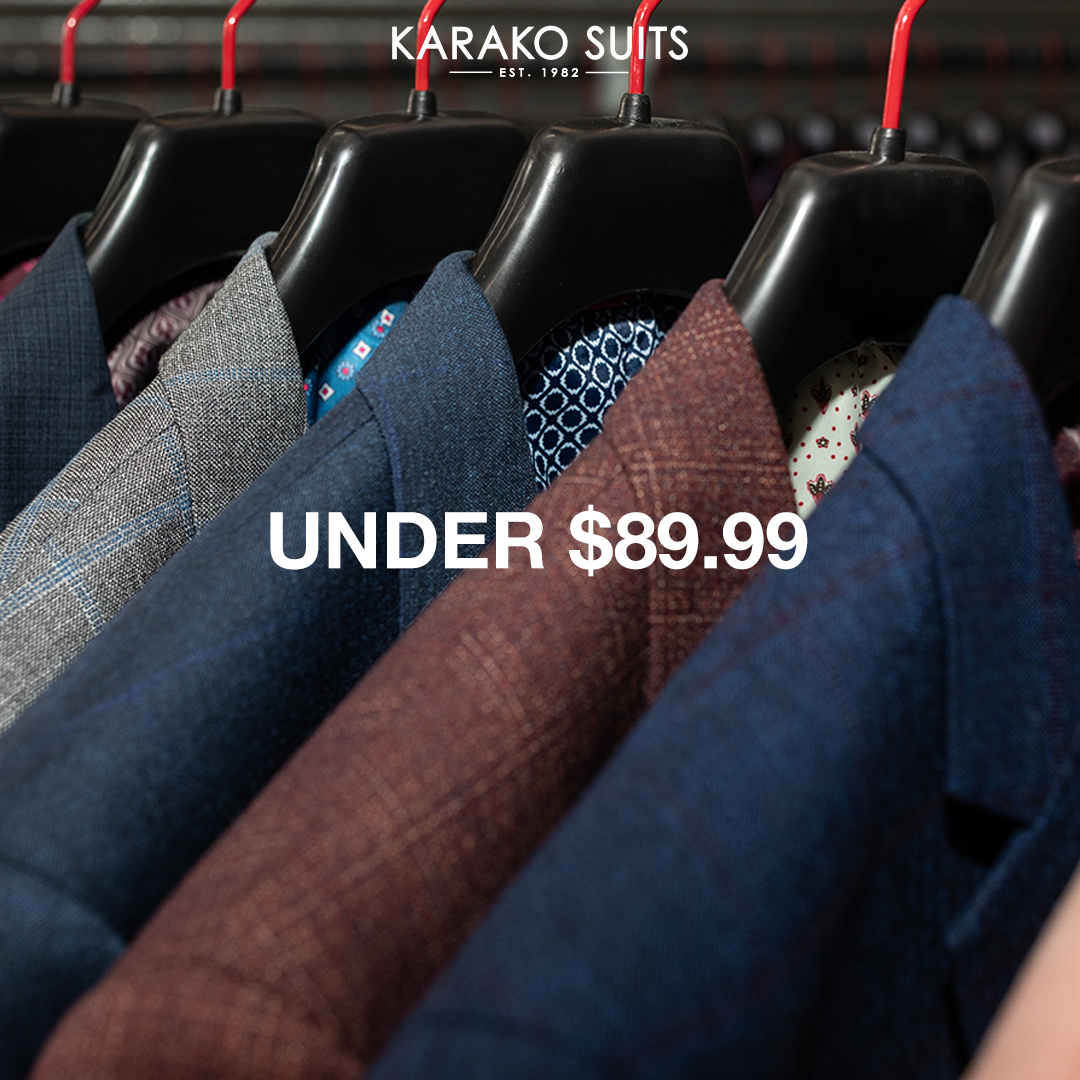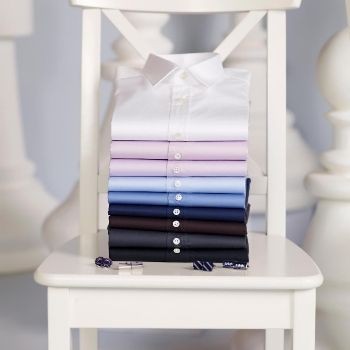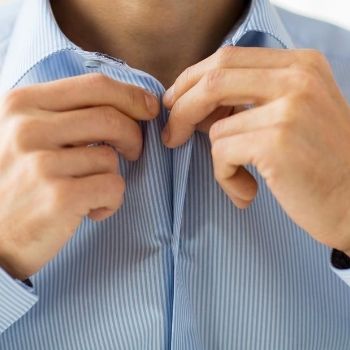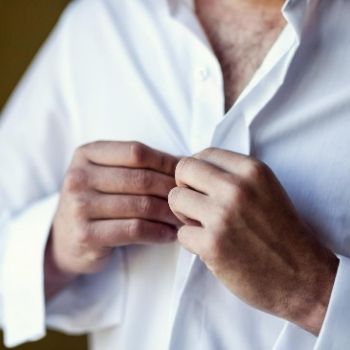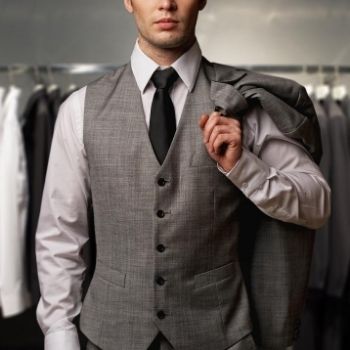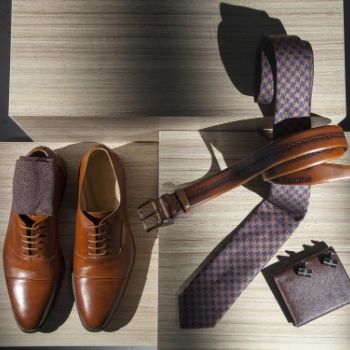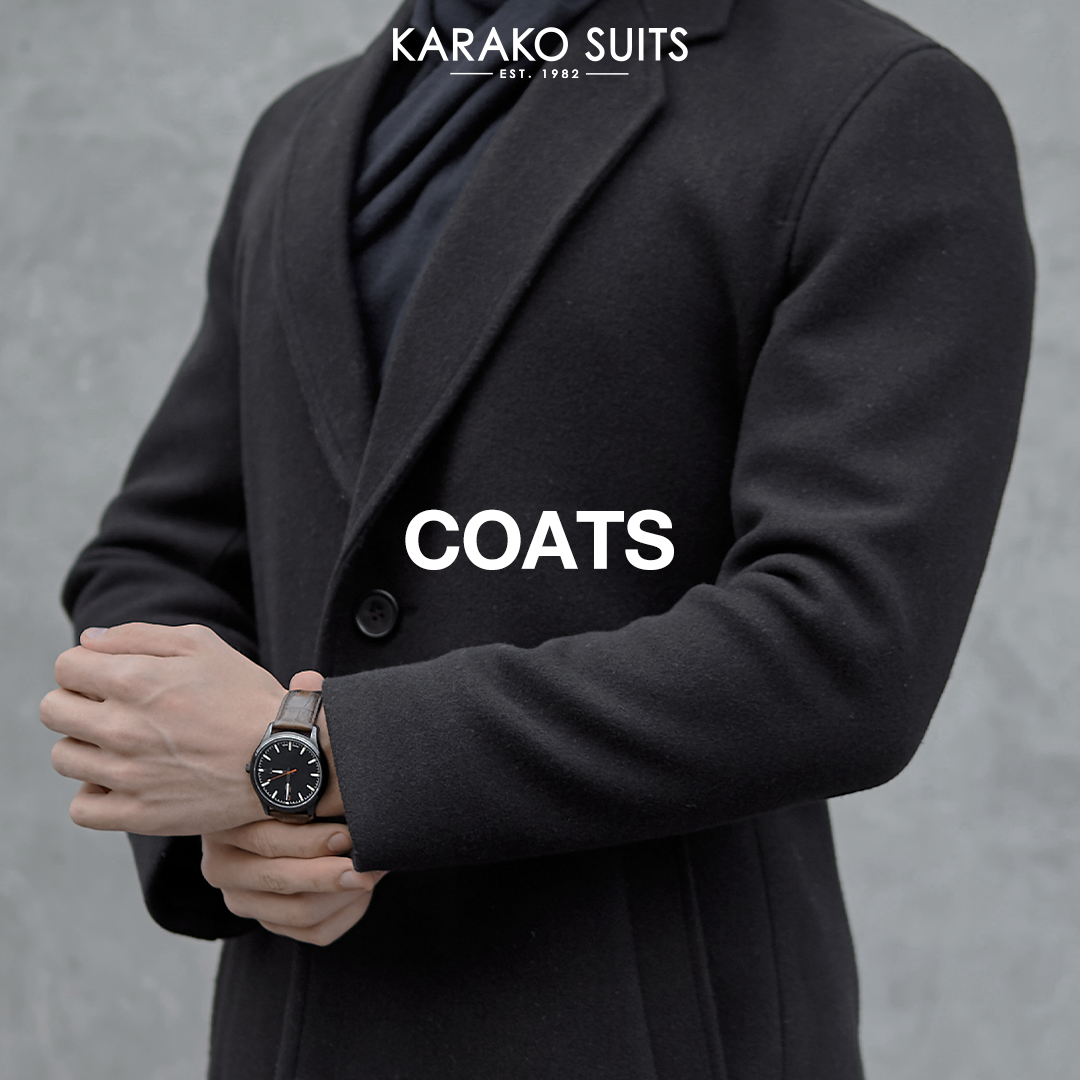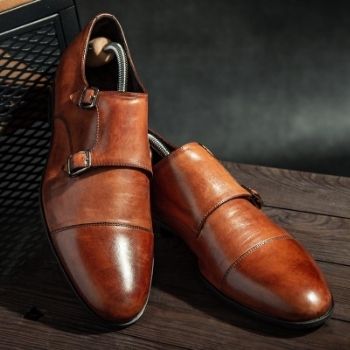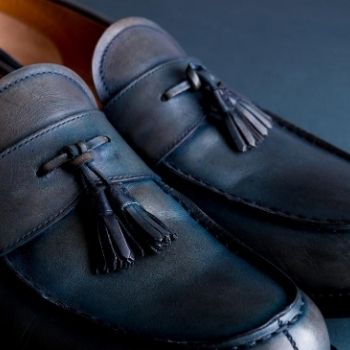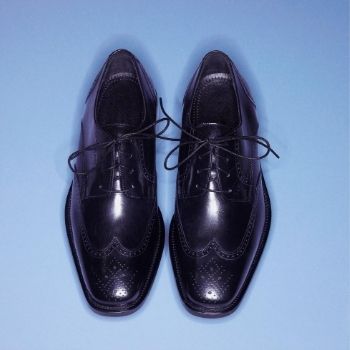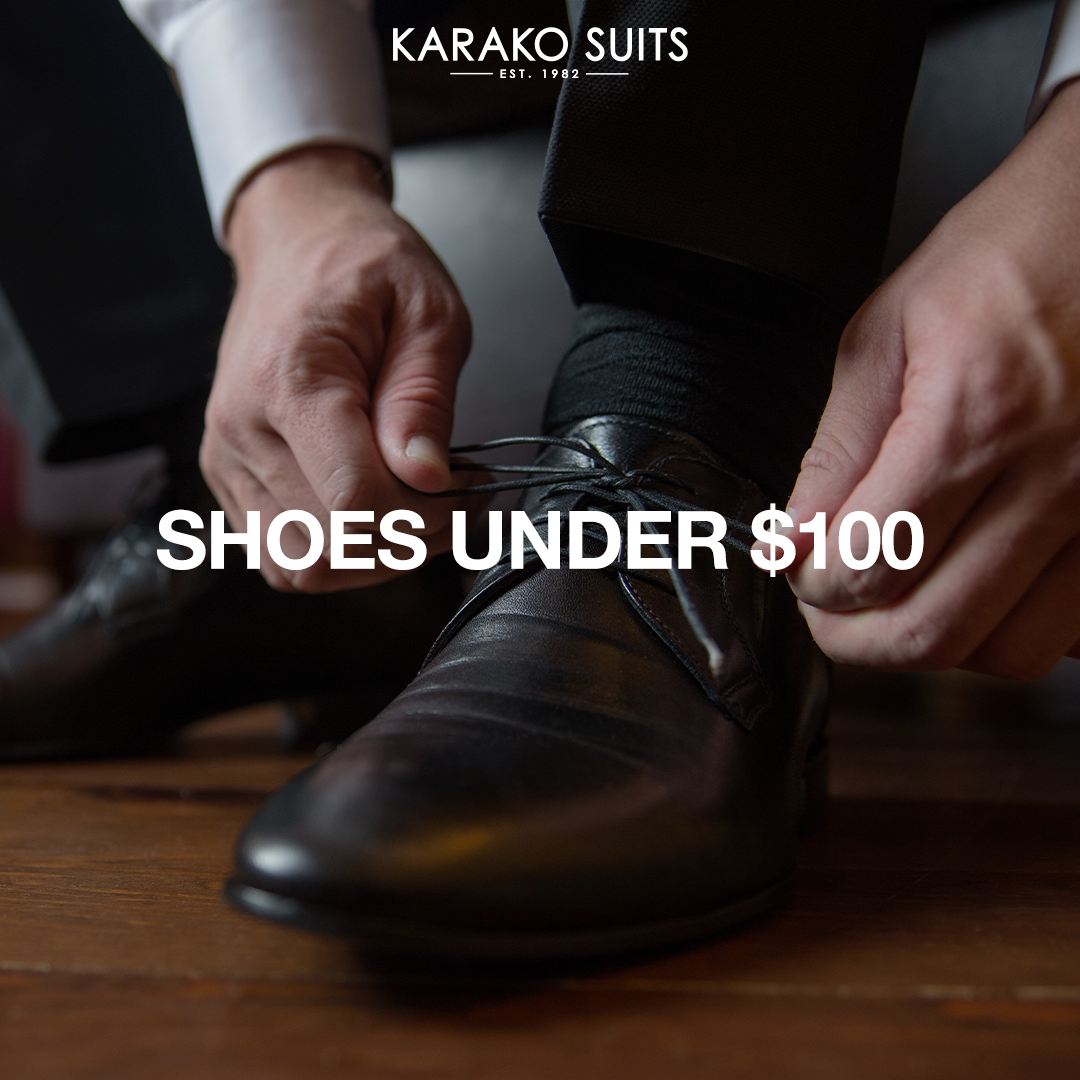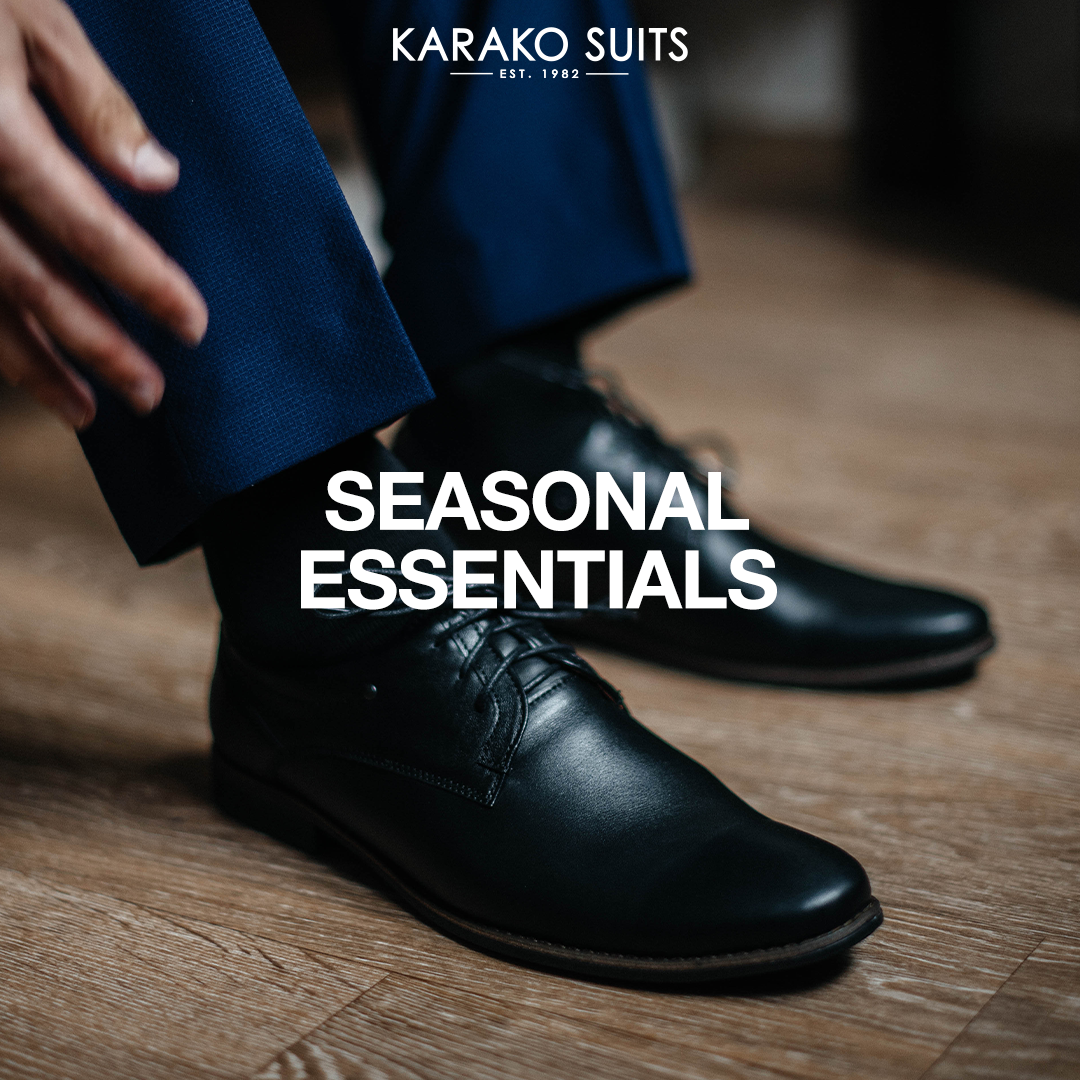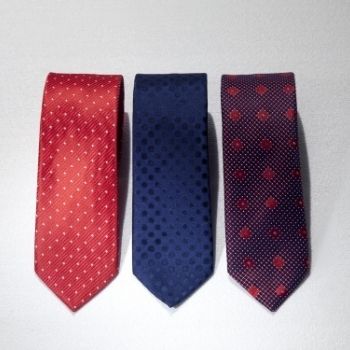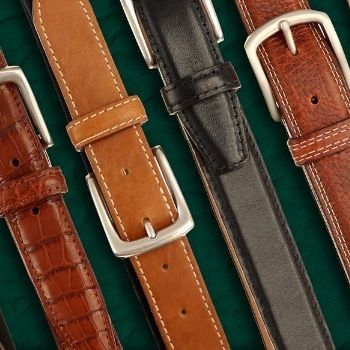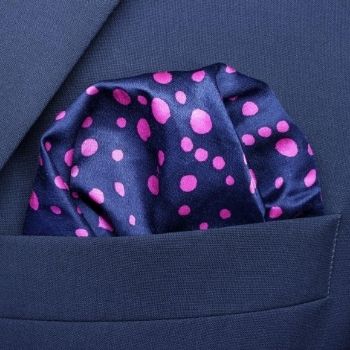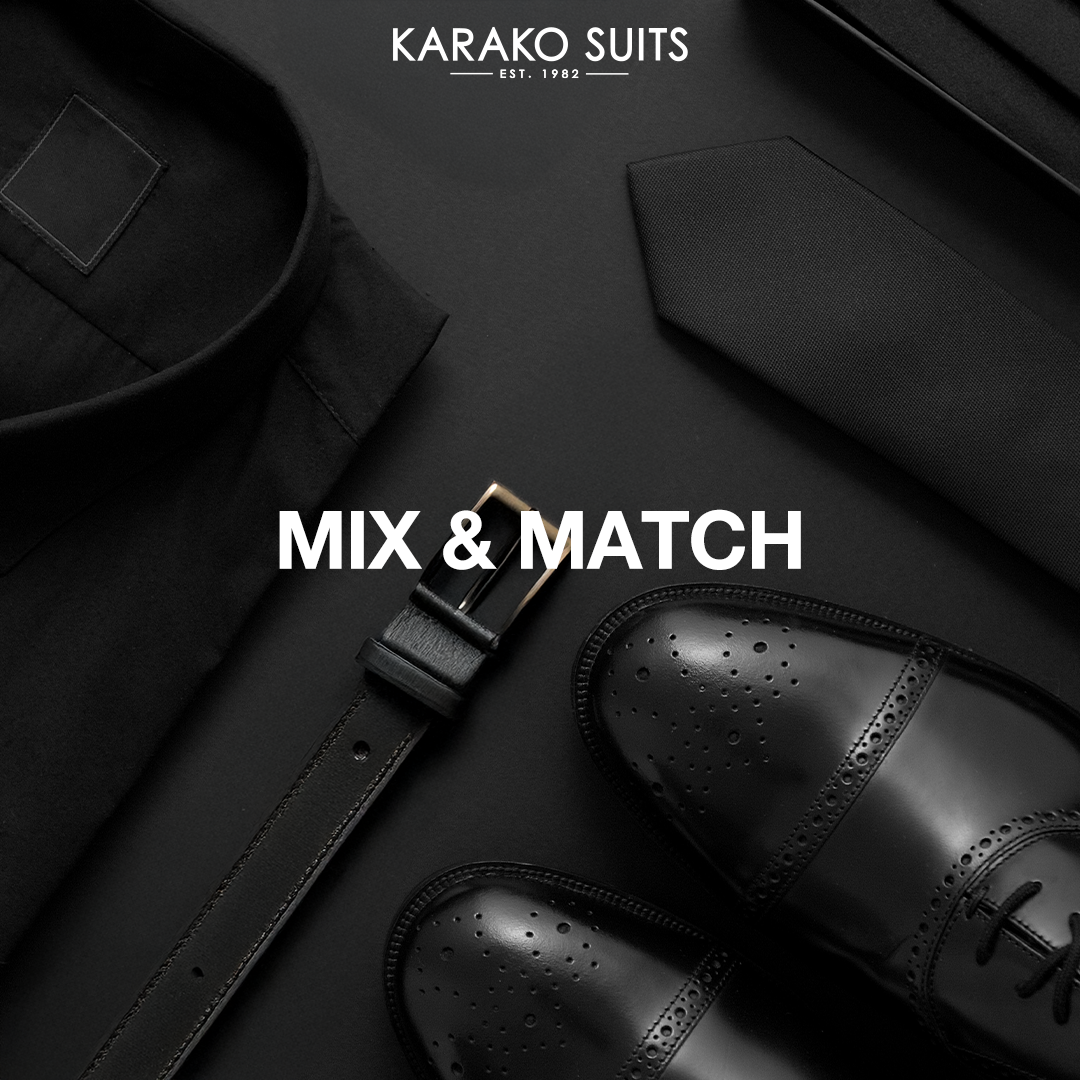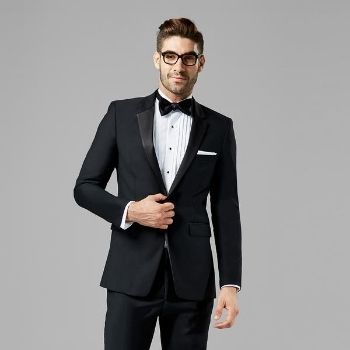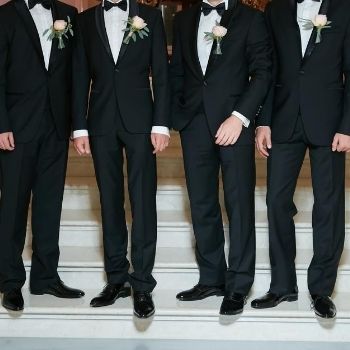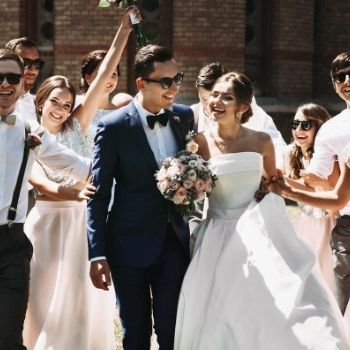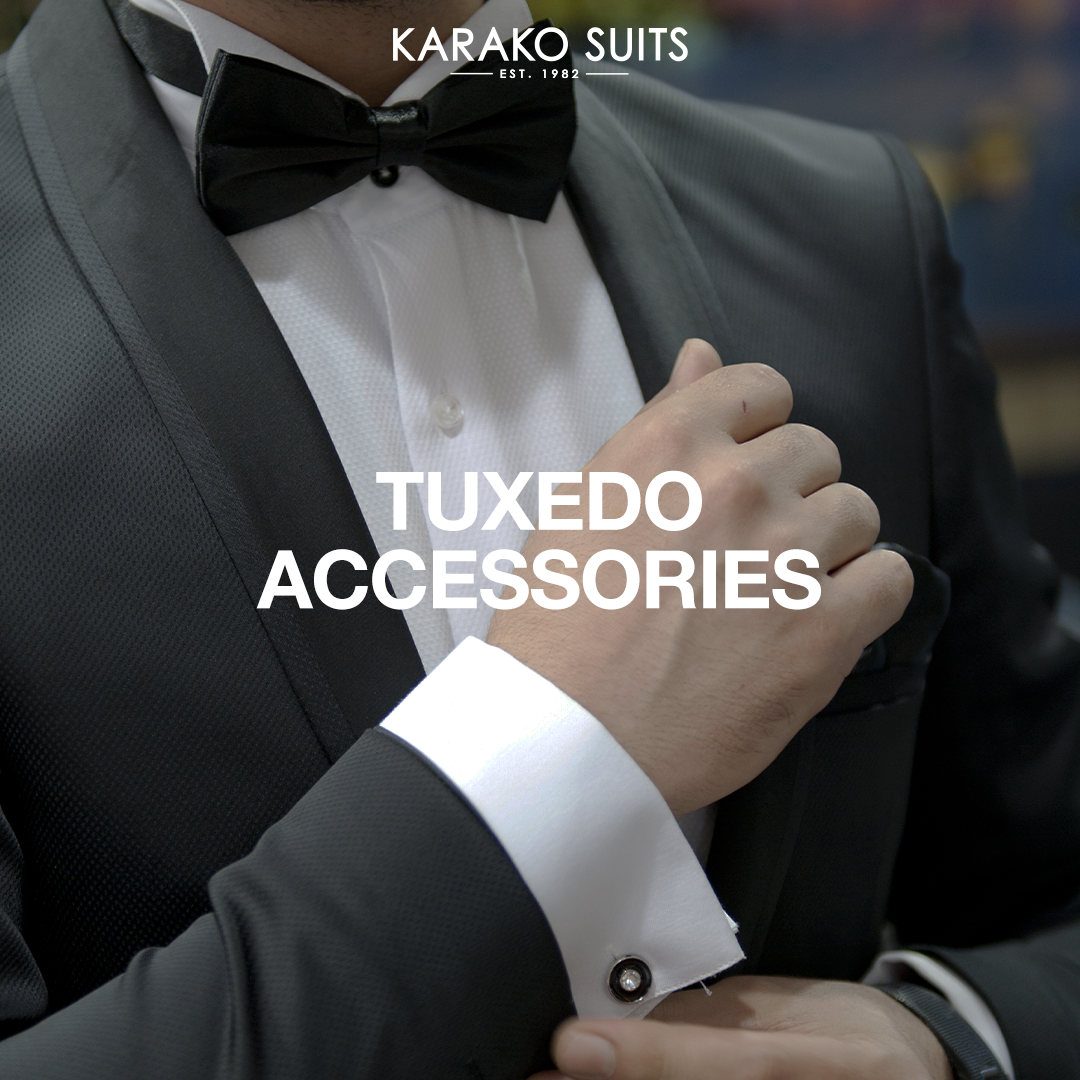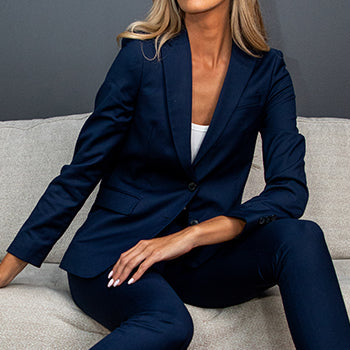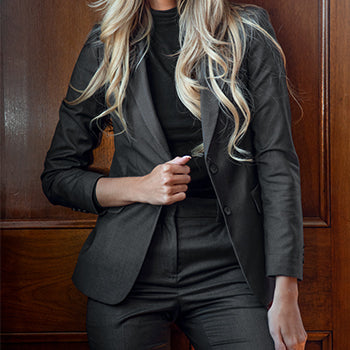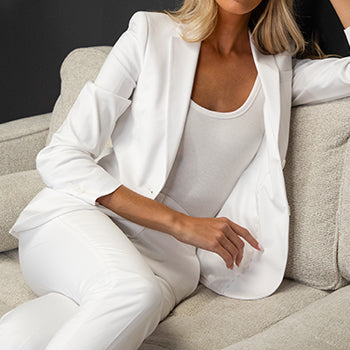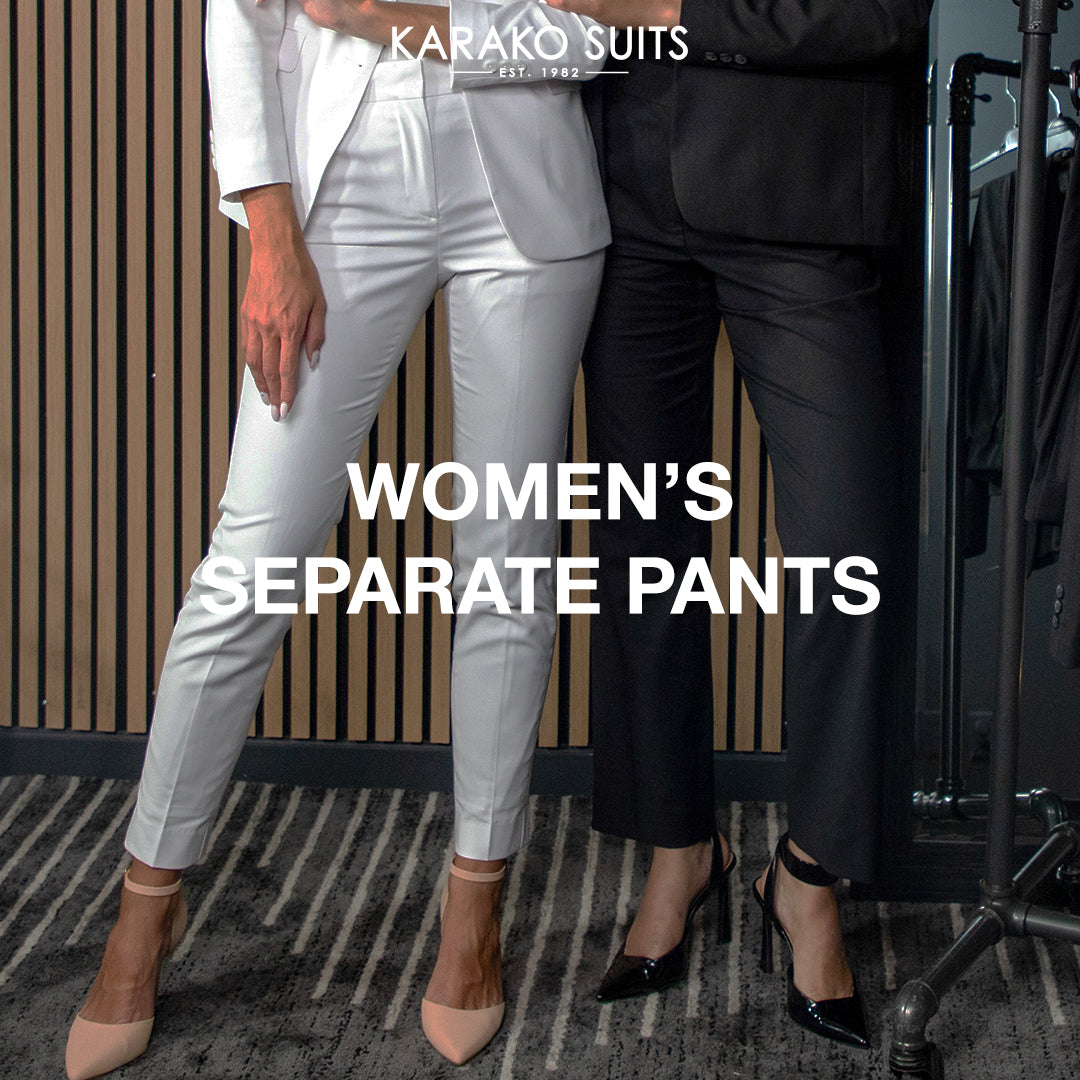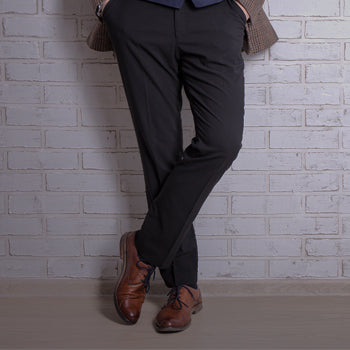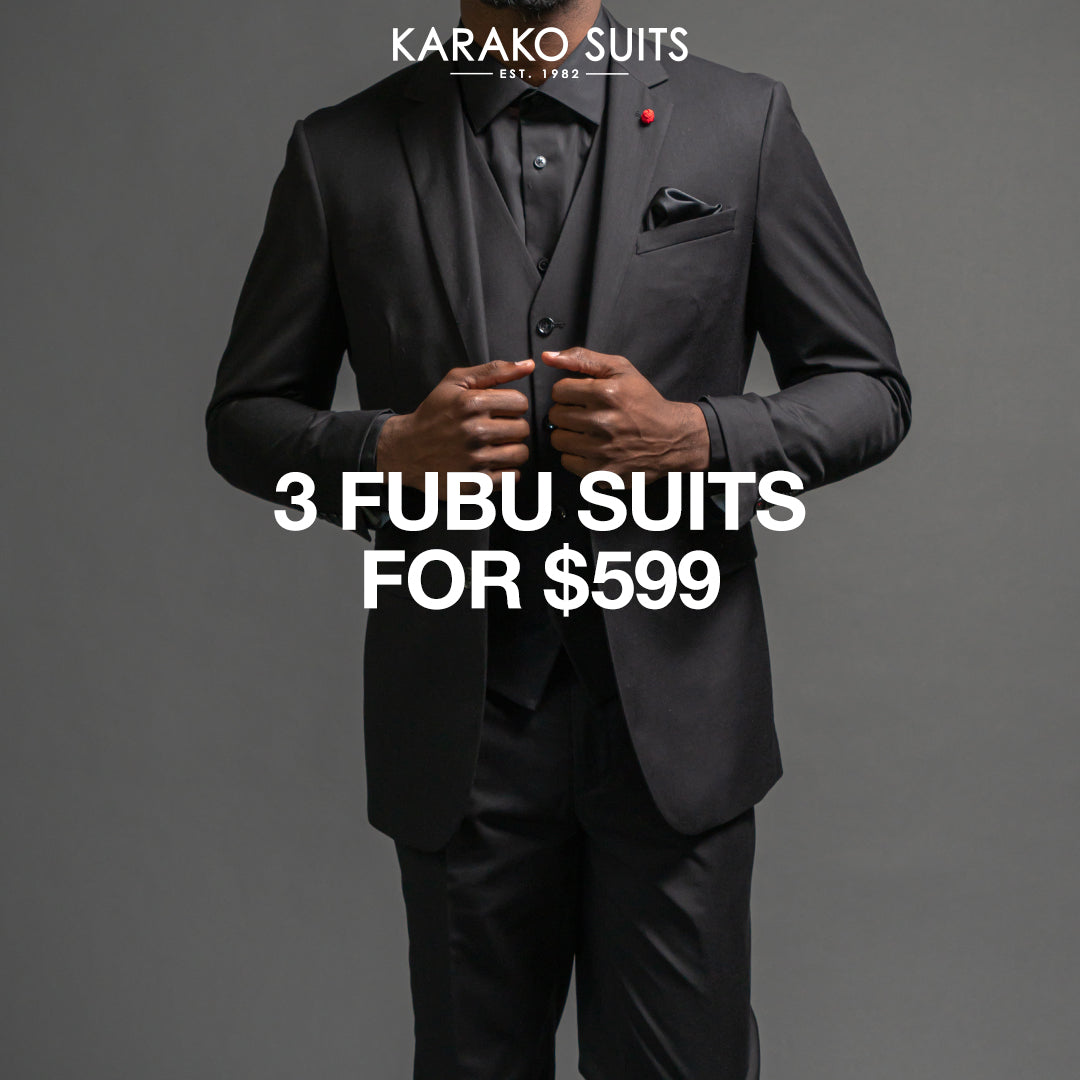Simple Style Rules Every First-Time Suit Buyer Should Know
Buying your first suit is a significant milestone. Whether it's for a job interview, a wedding, a formal event, or simply to elevate your personal style, a well-chosen suit can boost your confidence and make a powerful impression. However, the world of suiting can seem daunting, filled with rules and nuances. Don't worry! At Karako Suits, we believe that every man deserves to look and feel his best in a suit. This guide will break down the simple, essential style rules every first-time suit buyer should know to make a smart and stylish investment.
1. Focus on Fit Above All Else
This is the golden rule of suiting, and it cannot be overstated. A perfectly tailored suit will always look better than an expensive, ill-fitting one. Even the finest fabric or most fashionable color won't compensate for poor fit.
-
Shoulders: The shoulder pads should end precisely where your natural shoulder ends. If they extend beyond, the jacket is too big.
-
Jacket Length: The jacket should ideally cover your backside and end around the middle of your hand when your arms are relaxed at your sides.
-
Sleeve Length: The jacket sleeve should end just above your wrist bone, allowing about a quarter to half an inch of your shirt cuff to show.
-
Pants Length: The hem of your trousers should have a slight "break" (a small crease where the fabric meets the top of your shoe) or no break at all, depending on modern preference. Avoid pooling fabric around your ankles.
-
Waist: Your trousers should fit comfortably at the waist without needing a belt to stay up.
2. Start with Versatile Colors
For your first suit, resist the urge to go for a bold pattern or a trendy color. Stick to timeless, versatile shades that will serve you well for a variety of occasions.
-
Navy Blue: This is arguably the most versatile suit color. It's appropriate for almost any occasion, from business meetings to weddings, and pairs well with a wide range of shirt and tie colors.
-
Charcoal Gray: Another excellent foundational choice. It's slightly less formal than black but more sophisticated than light gray, making it ideal for professional settings and evening events.
-
Avoid Black (Initially): While classic, a true black suit is often reserved for very formal evening events, funerals, or specific professional roles. For a first, all-purpose suit, navy or charcoal offers more flexibility.
3. Choose a Classic Fabric and Pattern
Like color, simplicity is key for your first suit's fabric and pattern.
-
Wool: Opt for 100% wool. It's breathable, drapes well, resists wrinkles, and is suitable for most climates. Look for a worsted wool for a smooth finish.
-
Solid or Subtle Texture: A solid color suit is the safest bet. If you want a touch of visual interest, a very subtle texture like a bird's eye or a sharkskin weave can add depth without being distracting.
-
Avoid: Loud patterns (like bold pinstripes or large plaids) for your initial purchase, as they are less versatile.
4. Understand Lapel Styles
The lapel is the folded flap of fabric on the front of the jacket. For a first suit, stick to classic options.
-
Notch Lapel: This is the most common and versatile lapel style, characterized by a triangular notch where the collar meets the lapel. It's suitable for almost all occasions.
-
Peak Lapel: Features points that face upwards, creating a more assertive and formal look. Often seen on double-breasted suits or more formal single-breasted options.
-
Avoid: Shawl lapels (rounded, continuous lapels), which are typically reserved for tuxedos.
5. Pair with the Right Shirt and Tie
Your shirt and tie choices complete the look.
-
Shirts: Start with crisp white and light blue dress shirts. These are universally flattering and pair well with navy and charcoal suits. Ensure the collar fits well and the sleeves are the correct length.
-
Ties: Begin with solid ties in classic colors like navy, burgundy, or subtle patterns. The tie should hit right at your belt buckle.
-
Matching: Ensure your belt matches your shoes (e.g., brown belt with brown shoes).
6. Don't Forget the Shoes
Your shoes are just as important as your suit.
-
Classic Options: Oxford or Derby style dress shoes in black or dark brown are essential.
-
Polish: Always ensure your shoes are clean and polished.
Buying your first suit is an exciting step into the world of sophisticated menswear. By focusing on the perfect fit, choosing versatile colors and classic fabrics, and understanding the basics of shirts, ties, and shoes, you'll build a strong foundation for your wardrobe. At Karako Suits, our experienced team is here to guide you through every choice, ensuring your first suit is an investment in confidence and enduring style. Visit us today to find your perfect fit!



